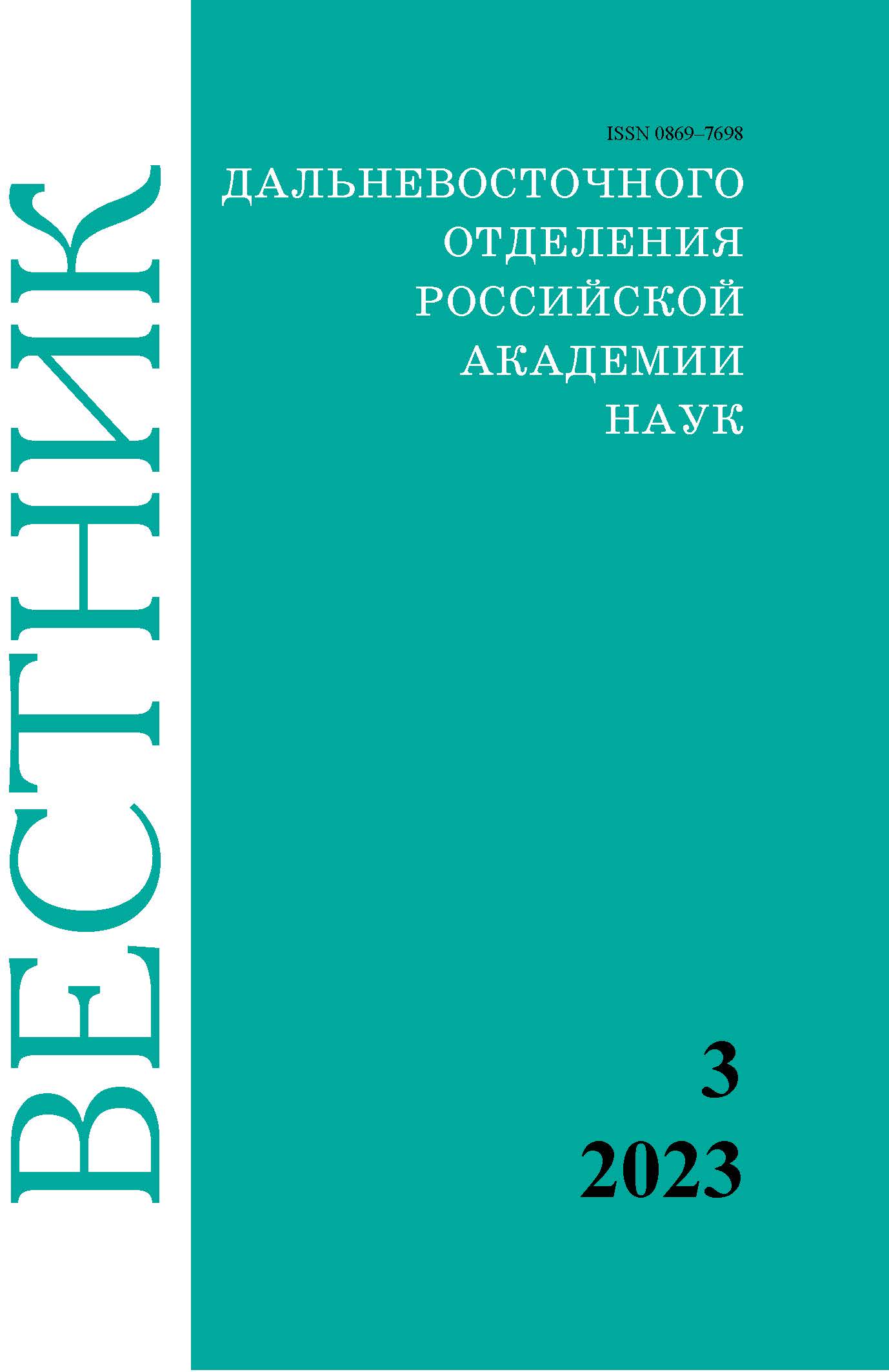Evaluating accessions of soft wheat (Triticum aestivum L.) for resistance to fusarium ear blight and brow leaf rust in Primorsky Territory
Keywords:
spring and winter wheat, variety, line, resistance, brown leaf rust, fusarium ear blightAbstract
The paper evaluates starting material of spring and winter soft wheat of different geographical origin for resistance to fusarium ear blight (Fusarium graminearum Schwabe) and brown leaf rust (Puccinia triticina Erikss.) as well as for the main economically important traits under the conditions of Primorsky Kray. The research was conducted at FSBSI “A.K. Chaika FSC of Agricultural Biotechnology of the Far East” in 2010–2022. Immunological evaluation was conducted using 431 accessions of spring and winter soft wheat from the collection of N.I. Vavilov All-Russian Institute of Plant Genetic Resources (VIR) under natural conditions. The following source varieties were selected for a complex of important traits (resistance to brown leaf rust and fusarium ear blight, kernel weight per plant, adaptability, etc.): spring wheat – Latona, Ehritrospermum 51/5 (Russia), Glenlea (Canada), Long 98-5211-1 and Long 98-4081 (China); winter wheat – Afina, Gratsiya, Kuma, Zimnitsa, Spartak, which can be recommended for further breeding. Intensive wheat varieties Ehritrospermum 51/5, Long 98-5211-1, Glenlea, and Kuma were characterized by high plasticity, stability (bi ˃ 1, S2di = 0), sensitivity to the improvement of growing conditions, and stable productivity. Varieties Primorskaya 40 and Spartak, which had low plasticity and stability (bi < 1.0 и S2di = 0.0) and weakly responded to changes in environmental conditions, can be recommended to use in extensive farming where they were able to yield a maximum output with a minimum input. The lowest trait variation and highest breeding value was noted in varieties Spartak (Hom = 36.4 and Sc = 4.6), Zimnitsa (Hom = 38.0 and Sc = 4.9), and Gratsiya (Hom = 47.1 and Sc = 8.9). The source varieties of spring and winter wheat selected for their resistance to diseases and other important traits can be used in breeding programs to create new genotypes.


